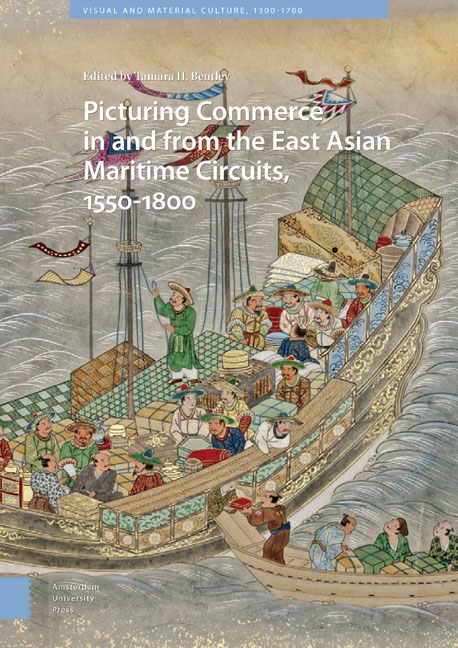4 - The trade activities of sixteenth-century Christian daimyo Ōtomo Sōrin:
Published online by Cambridge University Press: 25 November 2020
Summary
Abstract
In the sixteenth century, the Japanese Christian daimyō Ōtomo Sōrin, with his seat in Northeast Kyūshū, carried out a flourishing trade by sending ships to Ming dynasty China and the Korean peninsula. While the shogunal government stopped dispatching ships to Ming China in 1547, the Ōtomo clan continued to send its own trading ships. There was even a thriving “Chinatown” on the outskirts of Ōtomo Sōrin's Funai Castle. Excavations at the site of Funai Castle reveal Christian artifacts and noteworthy finds of rare ceramics from Southeast Asian countries, such as present-day Thailand, Myanmar, and Vietnam. Many rings and pieces of Venetian glass have been discovered. Of particular interest is the evidence for Ōtomo Sōrin's early interest in Korean tea bowls.
Keywords: Early modern China-Japan trade; Ōtomo Sōrin; Kyushu trade; Christianity and Japan; Korean tea bowls; Funai Castle
In this chapter, I would like to clarify the historical importance of Ōtomo Sōrin’s trade activities with foreign countries during the sixteenth century, partly based upon what we are learning from archaeological materials unearthed at Funai castle, his Momoyama-period residence.
The Ōtomo clan and the Bungo Funai castle
The old region of Bungo is a medieval city in the east of Kyushu, Japan. The city developed when the Zen temple Manju-ji was erected in 1306. From the Kamakura period (1184–1333 CE) forwards, the Ōtomo clan dominated the Bungo region, and by the fourteenth century the framework of the city was completed (Fig. 2.3).
The Ōtomo clan were given this land in the Kamakura period, and granted the hereditary title of daimyo (military governor) over the area. They set up Ōtomo castle as their headquarters in 1254. In addition to their governing role, they also began to put an emphasis on trade. By 1471, the Ōtomo clan took control of the port of Hakata, which had been a port of trade with the Korean peninsula and China from about the eighth century. They used this as their base for trade with the Korean peninsula.
In the fifteenth century, when the Ashikaga shogun dispatched “kenminsen” ships for embassies to Ming China and other purposes, the Ōtomo clan actively participated, and in 1451 sent a ship to China.
- Type
- Chapter
- Information
- Publisher: Amsterdam University PressPrint publication year: 2019



